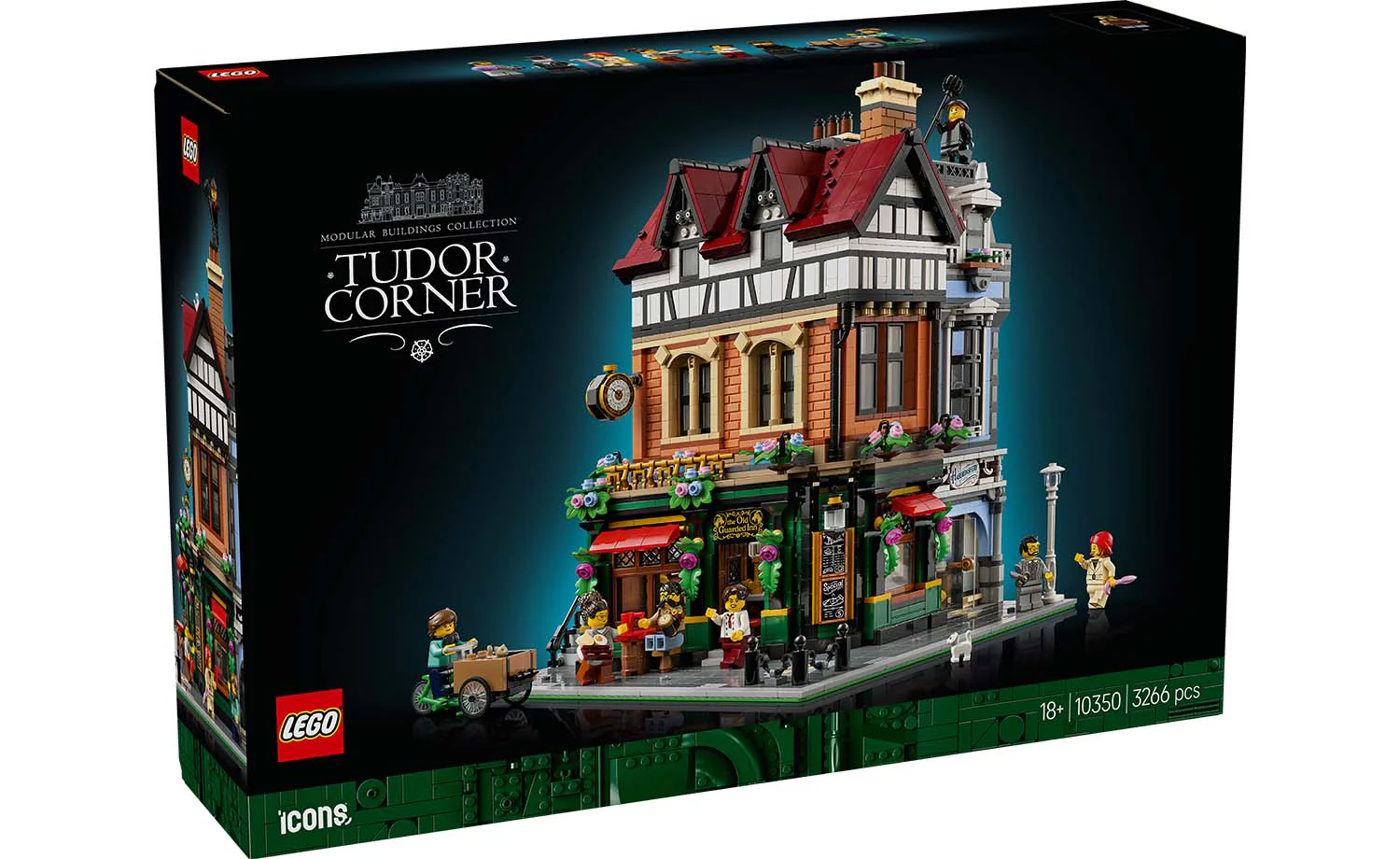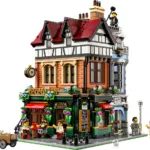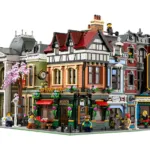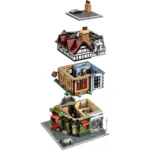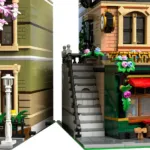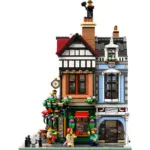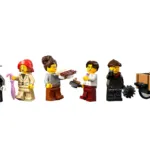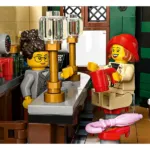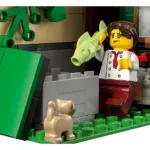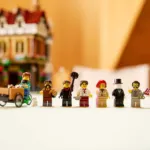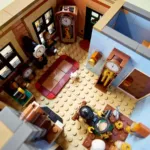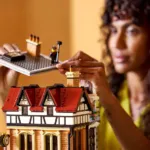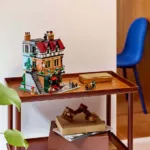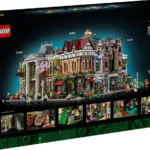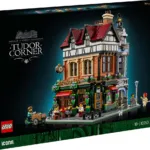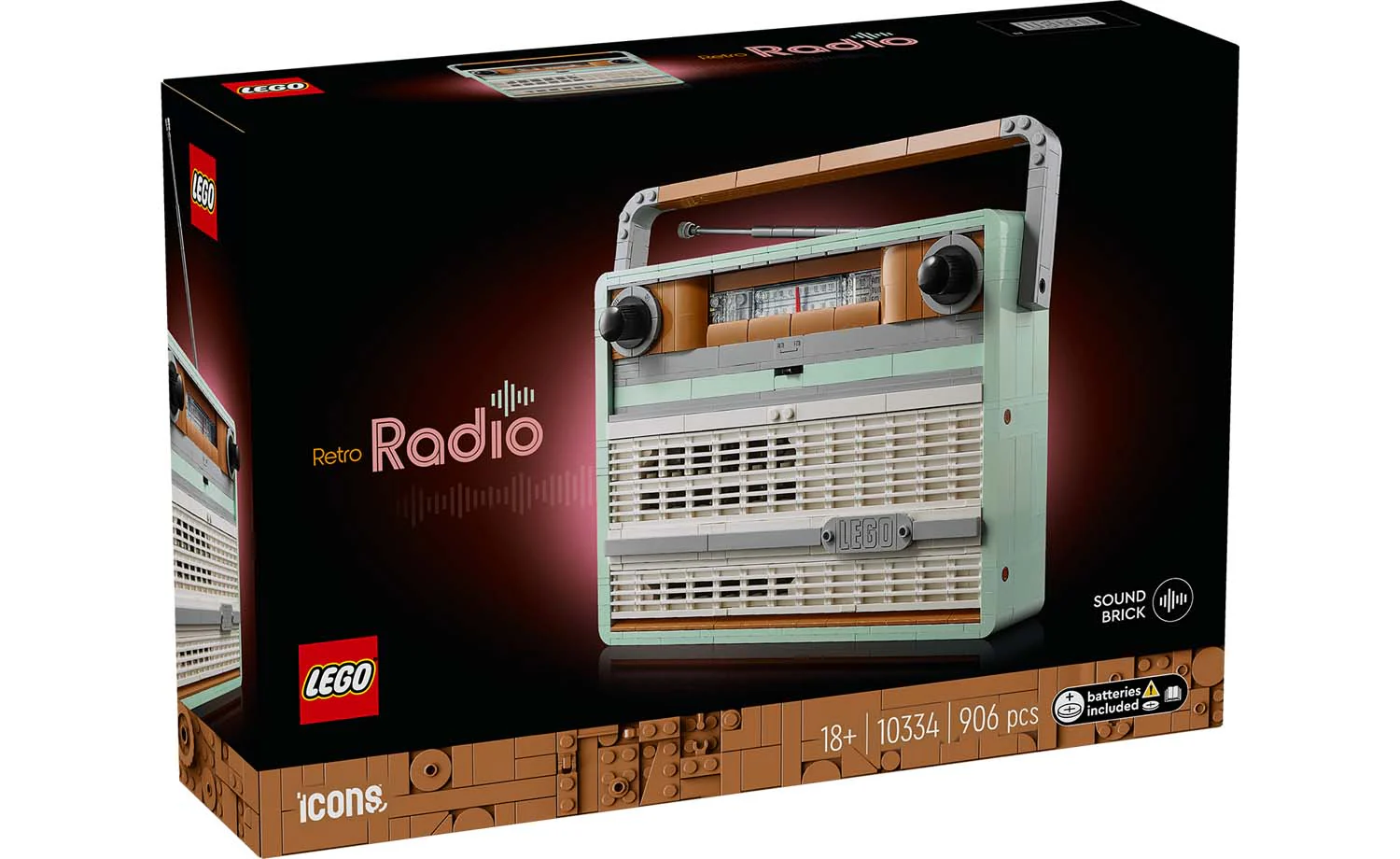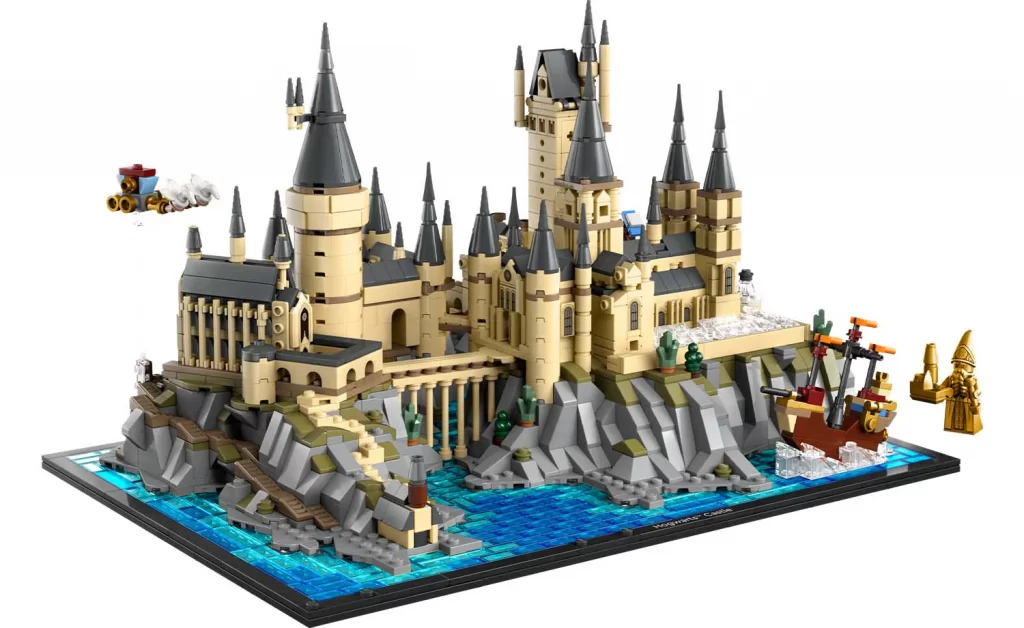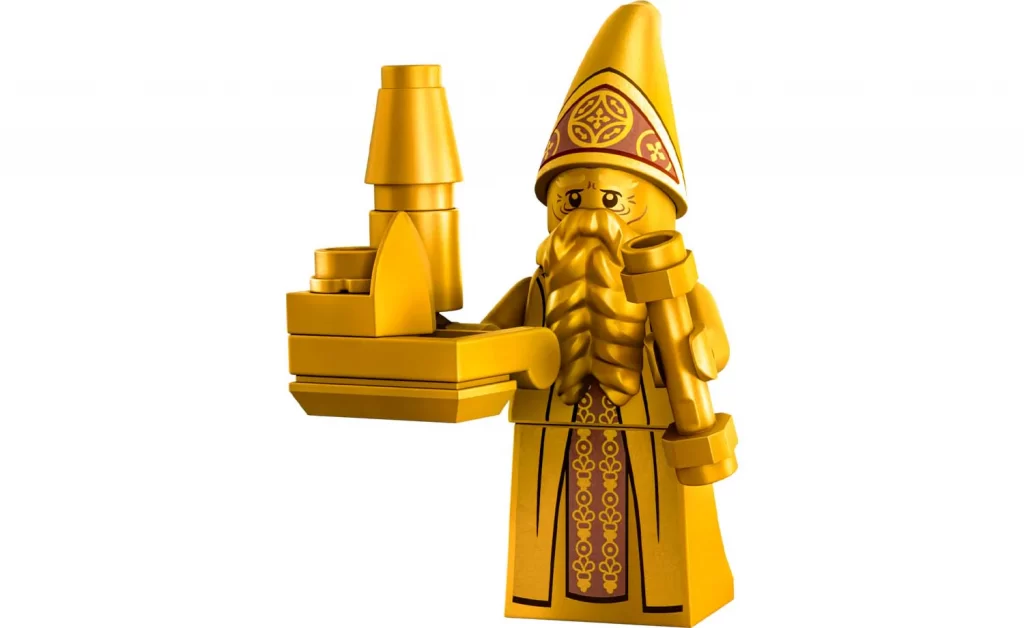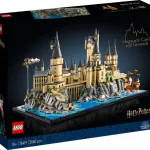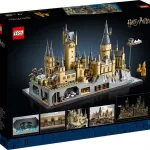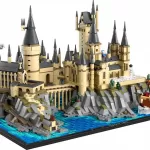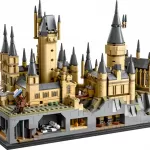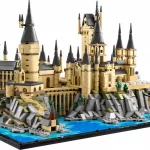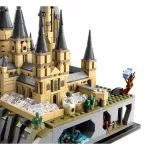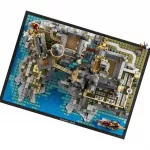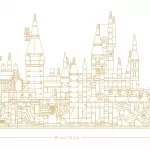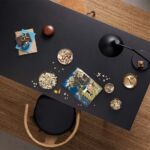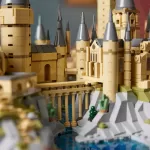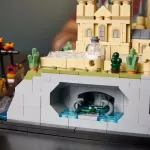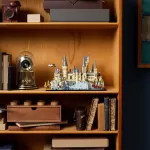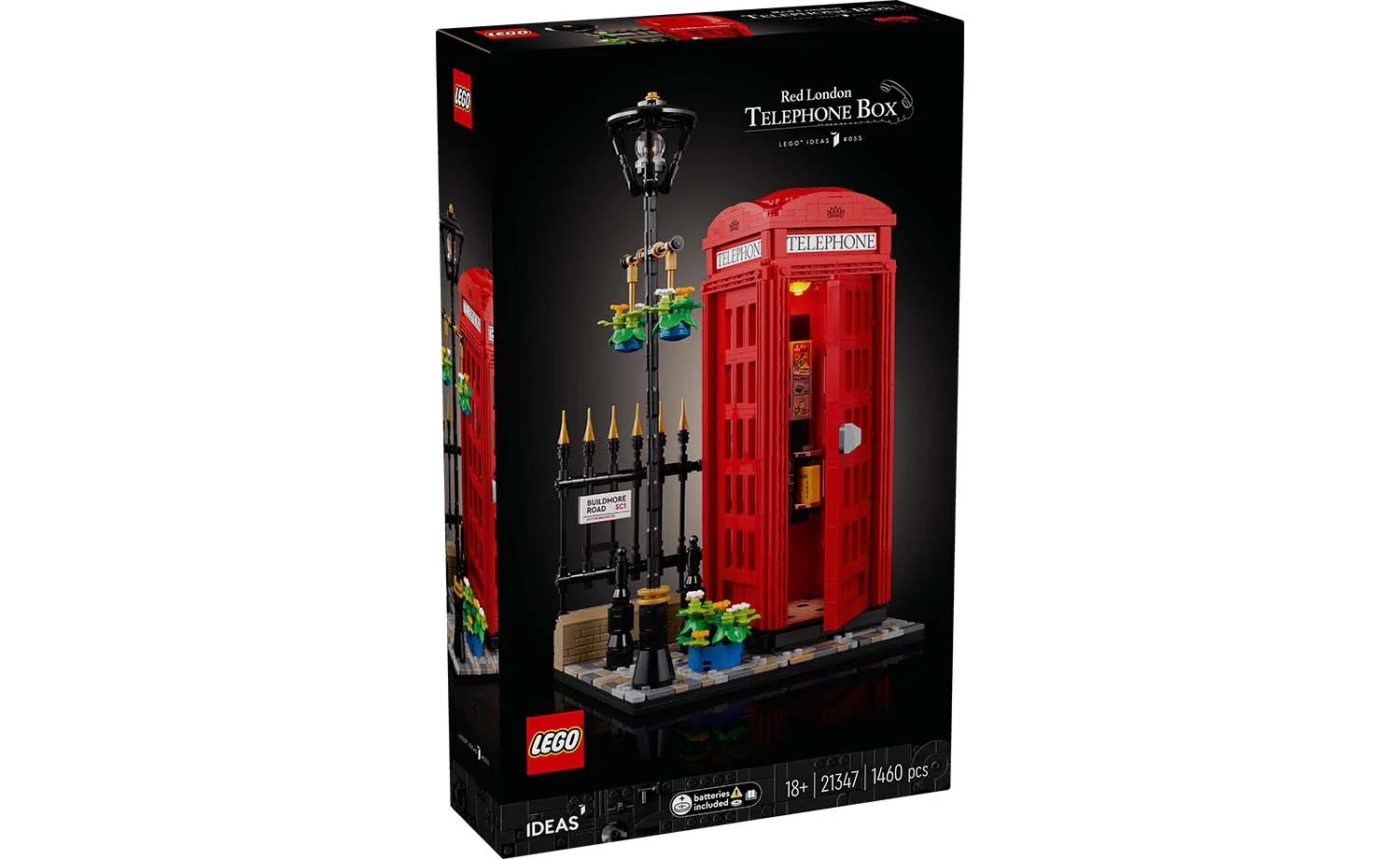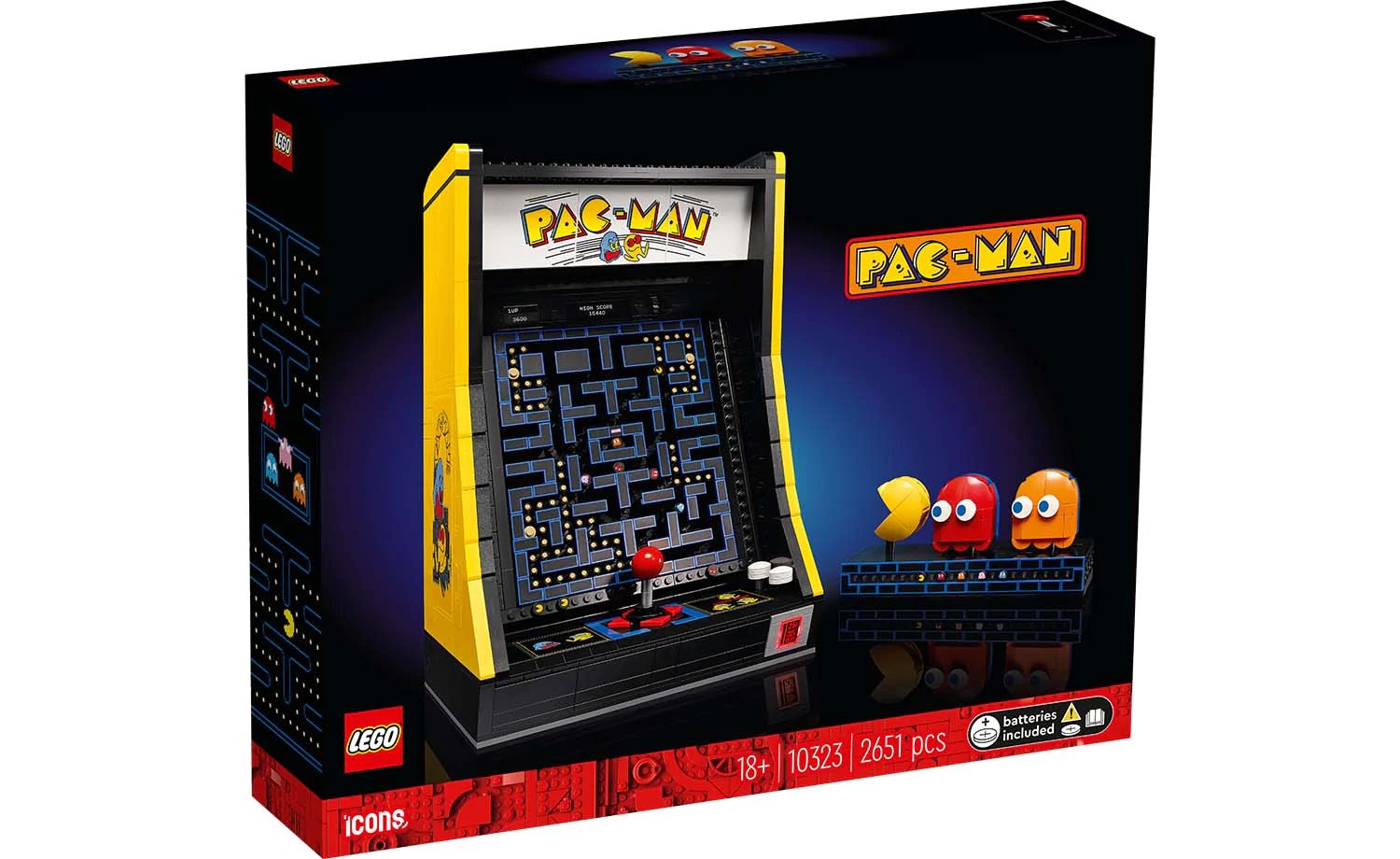By Rakesh Gosai (SAFOLs Brick Deputy)
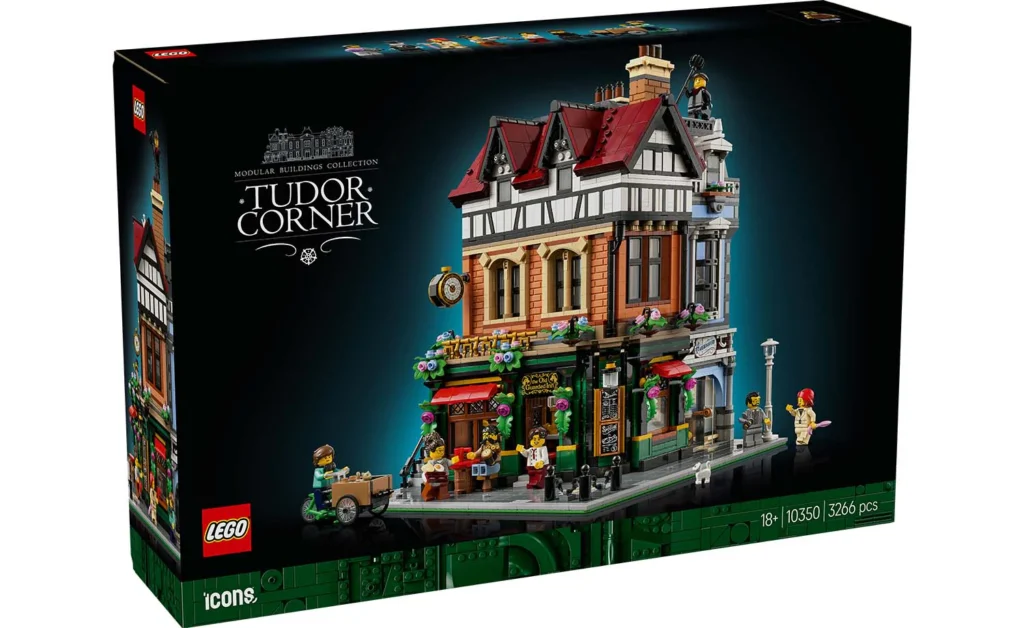
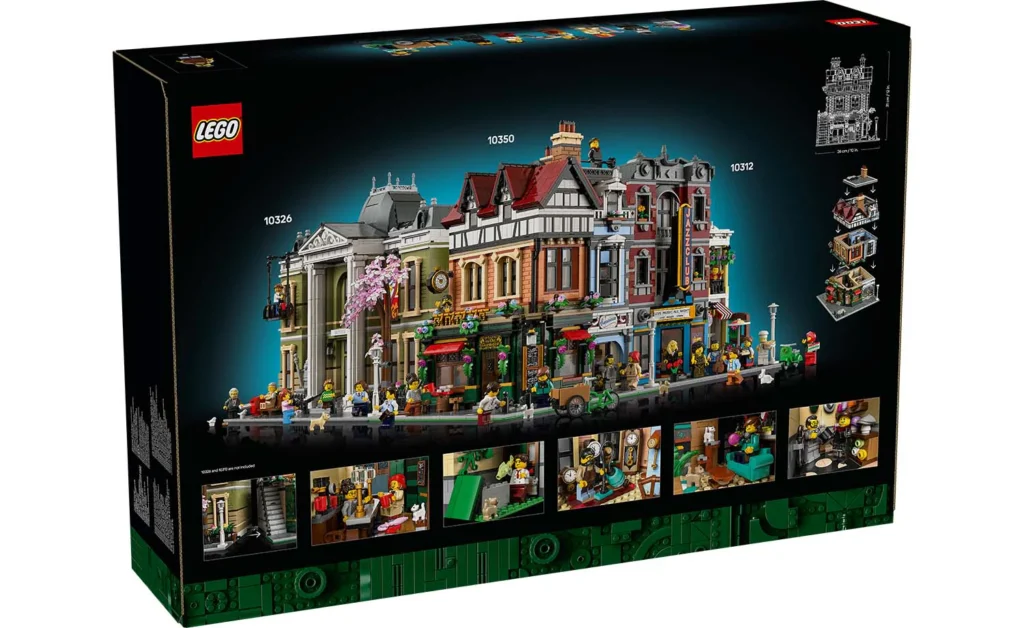
The LEGO® Icons Tudor Corner (Set 10350) marks the latest addition to the esteemed Modular Buildings Collection, a series renowned for its intricate designs and appeal to adult LEGO® enthusiasts. This newest instalment distinguishes itself by focusing on the unique architectural heritage of the British Tudor period, a style not explicitly explored in previous modular buildings.
The consistent release of sets within the Modular Buildings Collection indicates a strong and dedicated fan base, suggesting that the Tudor Corner is designed to meet the high expectations of experienced builders within this community. The official description’s specific reference to a “British accent” in the set’s design implies a deliberate effort to capture a distinct regional architectural style.
To properly enjoy the LEGO® set, it was essential for me to first understand the historical context and key features of Tudor architecture. The Tudor period in England, spanning from 1485 to 1603, was a time of significant cultural and architectural transition, bridging the late Medieval period and the Renaissance. This era witnessed an “eclectic mixture” of building traditions, resulting in a style characterized by several distinctive elements. One of the most recognizable features is half-timbering, where an exposed timber framework on the exterior of buildings is infilled with materials such as wattle and daub, brick, or plaster. This technique was not solely structural but also served as a significant decorative aspect of Tudor buildings.
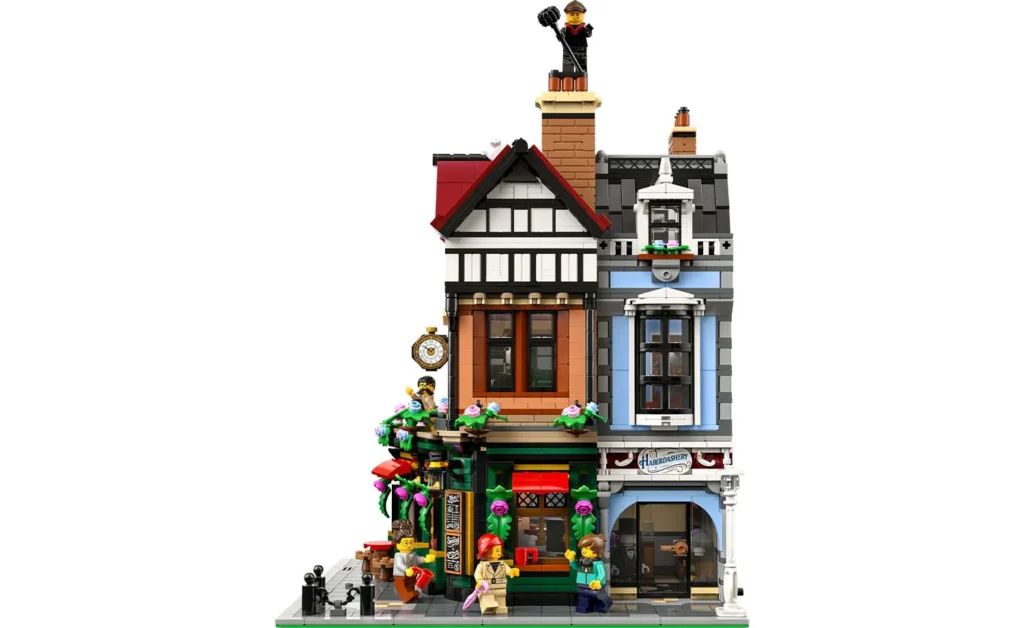
Roofs in Tudor architecture are typically steeply pitched, often featuring multiple gables and dormer windows, sometimes adorned with decorative verge boards. This steep pitch served both an aesthetic purpose, creating a dramatic skyline, and a practical one, efficiently shedding rain and snow. Windows in Tudor buildings are often rectangular in shape, and frequently feature leaded glass with small panes, sometimes arranged in diamond patterns, set within wooden or metal frames. The small panes and leaded effect were a result of the glassmaking technology of the time. Prominent chimneys, often tall and decorative, sometimes with the addition of chimney pots, constructed from brick or stone, are another defining characteristic. These tall, often ornamented chimneys were also indicative of wealth and status.
Doorways in Tudor architecture frequently feature arched designs, sometimes incorporating the distinctive Tudor arch, which is flatter and four-centred. Projecting oriel and bay windows, adding both interior light and exterior visual interest, are also common features, sometimes exhibiting rich decoration. Finally, jettying, a technique where upper floors overhang the ground floor, is sometimes associated with Tudor buildings, although its prevalence and the reasons behind it are subjects of ongoing discussion. Tudor architecture, while rooted in the 16th century, also experienced revivals in later periods, and the LEGO® set draw inspiration from these later interpretations as well.
The LEGO® Tudor Corner (Set 10350) masterfully translates many of these key architectural features into brick form. The top floor of the model showcases half-timbering, effectively using black LEGO® plates against white and nougat elements. This brick-built representation offers a textured and three-dimensional interpretation, a notable improvement over printed panels used in some older LEGO® sets. The roof is steeply pitched and constructed in a striking red colour, complete with multiple gables and brick-built chimney stacks. The model incorporates a variety of windows, including rectangular ones on the ground and first floors, and smaller panes on the timbered upper level, suggesting the leaded glass effect often seen in Tudor architecture. The “rustic chimney stacks” are constructed from brick elements, adding to the overall texture of the model. The entrance to the inn features an arched doorway, a typical element in Tudor design. A bay window is included on the second floor, cleverly angled at 45 degrees, adding architectural complexity and visual interest.
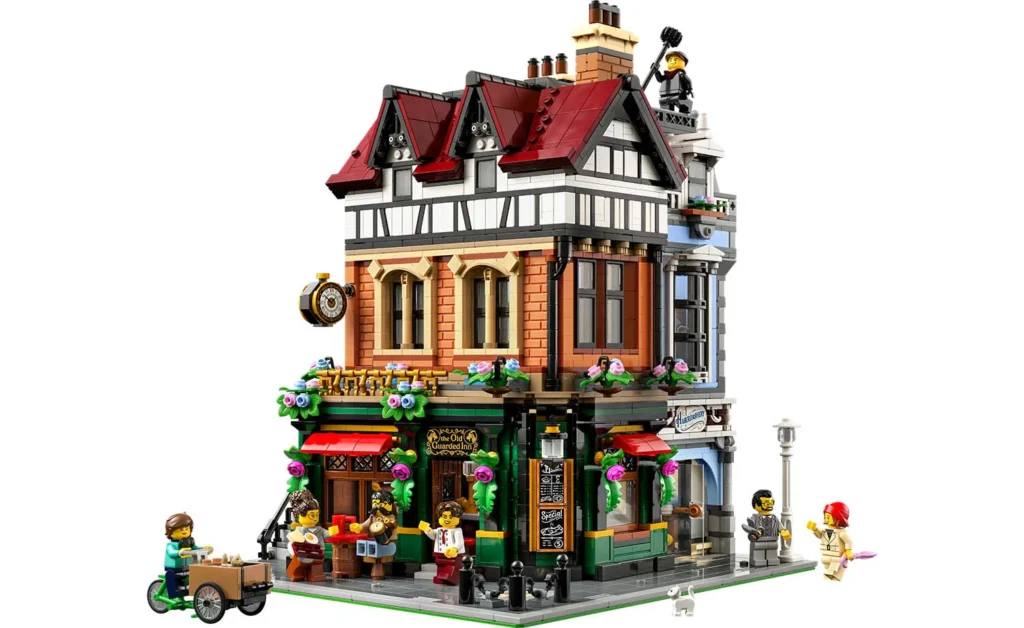
The overall colour palette of the set, with its dark green for the inn, nougat and white for the timbering, and red for the roof, effectively evokes the traditional materials and aesthetic often associated with Tudor buildings.
The LEGO® Tudor Corner adheres to the modular design principle of the collection, allowing for the rearrangement of interior spaces and seamless integration with other sets. The set highlights the employment of several advanced and engaging building techniques. These include the use of SNOT techniques to create the steep staircase and angled facade, intricate roof construction with varying slopes and gables, unique methods for achieving the half-timbered effect, sideways building for the staircase, and clever utilization of parts for interior details.
The set comprises a substantial 3266 pieces, divided into 20 numbered bags, suggesting a detailed designed build.
The interior of the LEGO® Tudor Corner is richly detailed, offering glimpses into various aspects of life within the building. The ground floor houses a restaurant or inn named “The Old Guarded Inn”, complete with a counter, stools, a table, and a kitchen area that even includes a brick-built full English breakfast. A cleverly concealed bathroom is also located on this floor. Adjacent to the inn is a haberdashery, also described as a Men’s Clothing Department, featuring hats and possibly other small articles. The first floor accommodates a clockmaker’s workshop, filled with an impressive array of clocks, including grandfather and cuckoo clocks, along with a detailed workbench. The second floor, nestled under the half-timbered roof, serves as an attic apartment or living space, furnished with a sofa, bookcase, and an intriguing insect collection displayed in vivaria. A cat tree and a printed tile depicting a shelf with a sunflower lanyard are also notable details in this space. These detailed interiors contribute significantly to the narrative of the set, suggesting a vibrant community within the Tudor Corner Set.
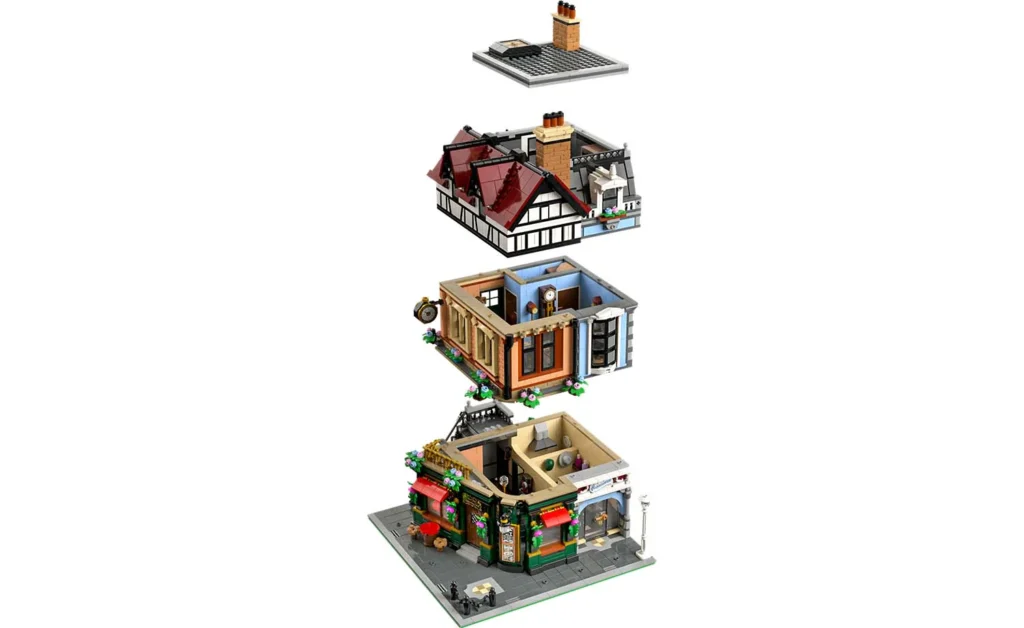
The LEGO® Tudor Corner includes eight minifigures, each adding to the storytelling potential of the model. These include a chef, a chimney sweep, a restaurant owner, a clockmaker, a haberdasher, an apartment resident (who wears a Sunflower lanyard symbolizing a non-visible disability), and a mannequin. The occupations represented by these minifigures, such as chef, clockmaker, haberdasher, and chimney sweep, have historical connections to the Tudor period. The inclusion of cats within the scene further enhances the sense of domestic life.

Measuring 31cm high, 26cm wide, and 25cm deep, the LEGO® Tudor Corner occupies a standard 32×32 stud baseplate, ensuring compatibility with the existing LEGO® Modular Buildings Collection. Despite its unique architectural style, reviews and community discussions suggest that the Tudor Corner integrates well with other modular buildings, offering a visually distinct yet complementary addition to a LEGO® city layout. With a piece count of 3266, it stands as one of the more detailed modular buildings within the 32×32 footprint.
In conclusion, the LEGO® Icons Tudor Corner (Set 10350) is a meticulously designed set that successfully captures the key visual elements of Tudor architecture, including its distinctive half-timbering, steeply pitched roof, and varied window styles. The build process is engaging and intricate, utilizing advanced LEGO® techniques that will appeal to experienced builders. The richly detailed interiors and the carefully chosen minifigures contribute to a compelling narrative, offering a glimpse into a Tudor-inspired setting. While the specific combination of businesses might reflect some artistic license, the overall architectural style and the level of detail make the LEGO® Tudor Corner a worthwhile and visually striking addition to the Modular Buildings Collection, bringing a unique touch of British heritage to the brick-built cityscape.


